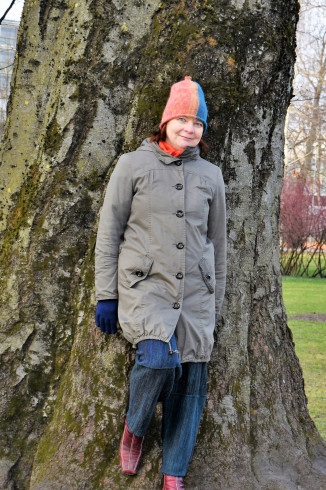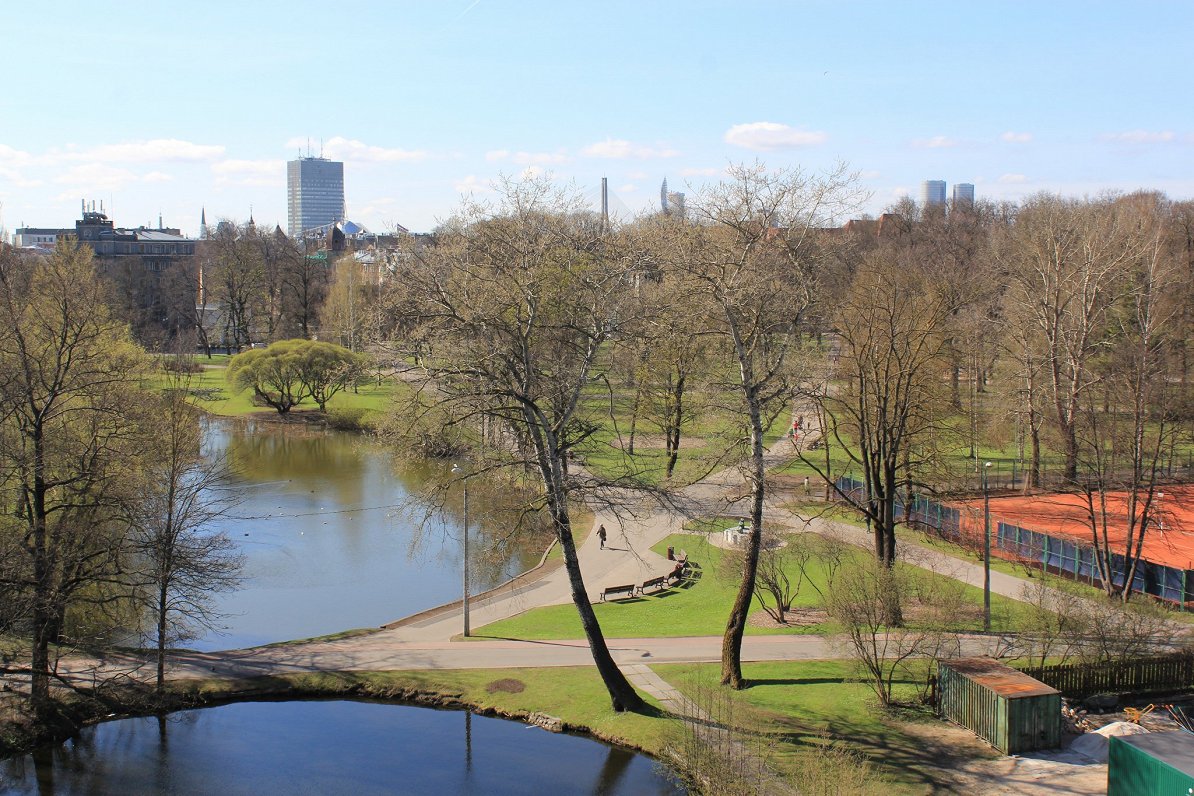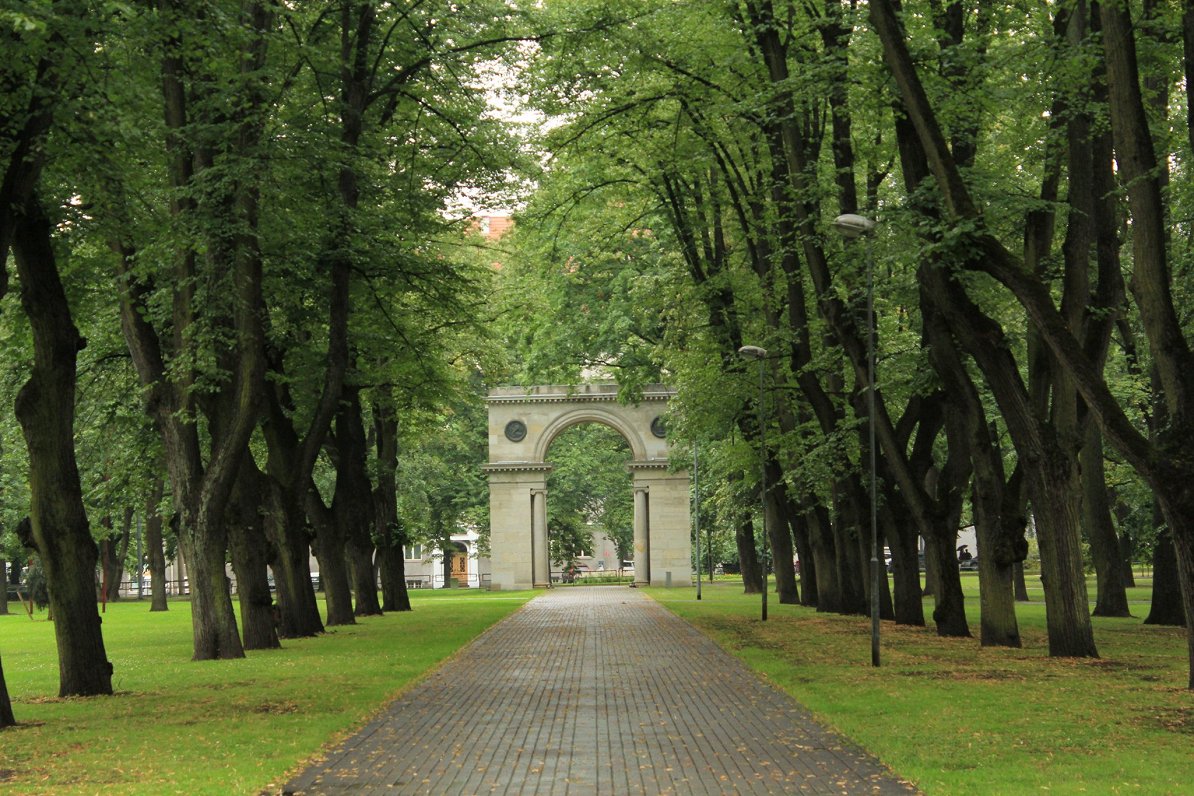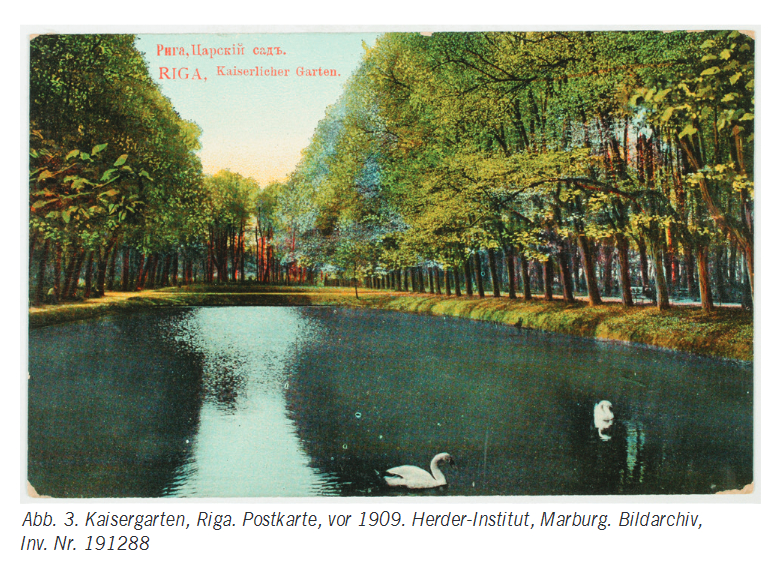With large tracts of the city covered in open spaces and forests, Rīga is a good reflection of a nation which is mad about nature. But few of its inhabitants know the fascinating ways in which these urban lungs have emerged over the centuries.
Anitra Tooma wants to change all that. This veteran environmentalist is making a series of audio guides about Rīga’s parks, delving into pathways, monuments and shrubs which have been the backdrops for countless dog walks and romantic strolls.
For Anitra, it’s a passion, not just a recitation of facts.
“It’s great to be doing a job where I’m learning new things all the time,” she says. “And I don’t want to be just a talking mouth - I want to paint pictures in people’s imaginations.”
Anitra got a green education at Bulduri Horticultural High School in Jūrmala then earned a degree in forestry. During the independence movement of the late 1980s, she was a devoted member of the Environmental Protection Club, which campaigned to stop Soviet ecological vandalism and protect Latvian heritage.

She worked a journalist for many years at Latvian Radio and the environmental magazine Vides Vēstis, then five years ago she penned a popular guidebook about Rīga’s parks. More recently, she has been a project leader with the city parks authority, Rīgas dārzi un parki.
The Covid period has led to much soul searching at that body. And Anitra realized they should reach out to Latvians stuck at home.
''Most of us can’t go on trips abroad right now, so we head for our parks,” she says. “And since few local people take tours, it seemed like a great idea to make an audio guide."
She has just completed researching and recording the first instalment of the project. Situated on the northern edges of the city centre, Viesturdārzs dates back to the early 18th century. In 1710, Peter the Great conquered Rīga from the Swedes after a brutal eight-month siege.

Having done his best to destroy it, he became enamoured of the port town and made frequent visits. He had a residence built outside the town walls, around which he established of a Dutch-style garden, complete with swan-filled ponds and over 3,500 imported trees. None of these survive today, but there is a memorial stone commemorating a “peace elm” personally planed by Peter in 1721 to mark the end of the Great Northern War.
Musical roots
After Peter’s death the gardens fell into disrepair. But on 28 June 1873, the first-ever Latvian Song Festival concert was held in the park, involving 1,000 singers and some 11,000 viewers. A wall of fame celebrating Latvian composers was erected on the site on the centenary of this musical landmark.
In the late 19th century, Viesturdārzs was rejuvenated by the legendary chief gardener of Riga Georg Kuphaldt, who went on to create many of the city’s other green spaces. And it is still evolving today. Recently, a cottage dating from around 1900 on the fringes of the park has been transformed into Riga’s smallest hotel.

The park’s most prominent landmark is the only triumphal arch in the Baltic States. Built in 1817 to commemorate the victory over Napoleon, the Alexander Gate originally stood at the eastern end of what is today Brīvības iela. On 5 May 1899, a group of striking workers were attacked by Cossacks at the gate, with 11 people killed, sparking months of industrial turmoil known as the Riga Rebellion. The monument was moved to Viesturdārzs after the First World War, where it has led a more peaceful existence.
Another intriguing historical footnote is just across the road from the park. A plaque on the wall of the former United States consulate reveals that in 1939, a young Harvard student named John F. Kennedy stayed there for a few nights on his European vacation.
A new leaf
The Viesturdārzs audio guide can be downloaded free of charge on the app “izi Travel.” It is currently only in Latvian, but versions in other languages are planned.
Anitra also plans to produce guides on Vērmanes dārzs in the heart of the city and Arkādijas parks in Pārdaugava, then tackle the 3 kilometer stretch of gardens along the city canal. And she wants to discover the stories of notable individual trees. Unfortunately, many of the holders of this knowledge have passed away. But she hopes to enjoy a leafy wander with Andrejs Svilāns, the director of the Nature Protection Board, who is an authority on the subject.
“It would be really interesting for people to find out, what sort of a beech is this? And how old is it?” says Anitra, stroking the smooth bark of a giant tree in Viesturdārzs. “And I have a dream that there’s a sign next to the respective tree, and a booming male voice in the audio declares, “This is the largest beech in all of Riga!””
This feature was originally published on the website of the Latvian Institute and is reproduced here with permission.






























